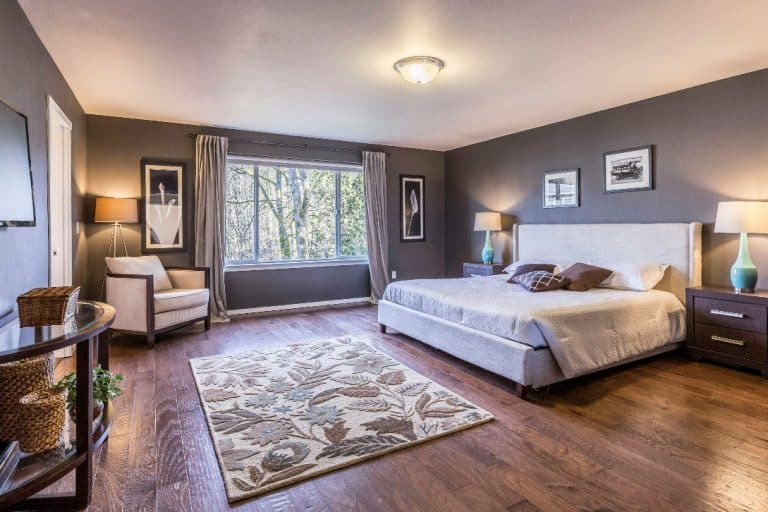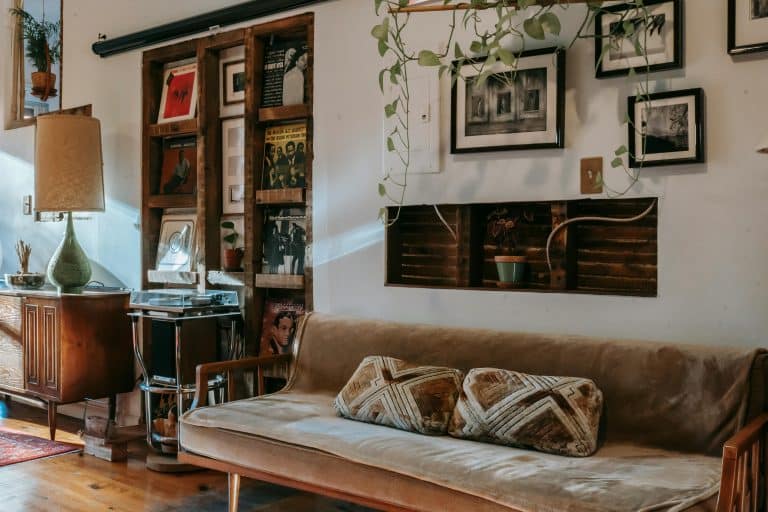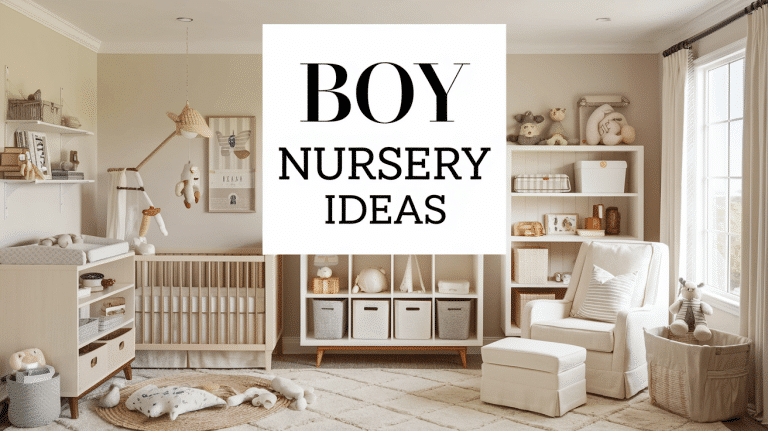A bedroom is more than a sleeping space. It is a sanctuary where energy is restored, emotions are soothed, and the body rejuvenates. The design, arrangement, and furnishing of a bedroom influence not only physical comfort but also mental clarity and emotional balance.
Often underestimated, the layout of a bedroom holds the power to either enhance or disrupt an individual’s well-being. Factors such as the orientation of the bed, the placement of furniture, the selection of colors, and even lighting dynamics collectively shape how restful, energetic, or moody one may feel in this personal retreat. People instinctively respond to their surroundings.
Just as clutter can lead to agitation and fatigue, harmony in layout can trigger calmness and renewal. Bedrooms designed with intention and flow support healthy sleep cycles, better mood regulation, and improved energy levels throughout the day. In a busy city like Philadelphia, where the pace of life often feels nonstop, creating a peaceful, restorative bedroom becomes even more essential.
Whether seeking a better night’s sleep or a more serene start to the morning, understanding how spatial design interacts with psychological and physiological states is key.
Design Harmony: Creating Comfort and Balance in Bed and Space
A well-designed bedroom must first cater to comfort, and at the core of that is the bed itself. The placement of the bed often determines the entire layout of the room. Centering the bed on the main wall, ideally without direct alignment to the door, creates a sense of security and psychological ease.
This “command position” allows for better sleep as it offers subconscious control over one’s environment, avoiding the restlessness that might come from facing open entries or being backed into corners. Comfort levels, firmness, and support should align with the user’s sleep posture and body requirements, and this is where your local Philadelphia mattress and bed store becomes an invaluable resource.
A high-quality mattress plays a vital role in eliminating pressure points, promoting spinal alignment, and encouraging uninterrupted sleep. Evaluating materials and designs in person allows buyers to identify the right fit for their specific needs, ensuring proper rest that supports both health and comfort. Apart from the bed and mattress, symmetry in nightstand placement and the absence of obstructive furniture contribute to flow and tranquility.
Each piece must feel intentional. Cramming too many items into limited space disrupts natural movement and impacts mood. Ample walking space, clear sightlines, and breathing room for the bed frame allow energy to circulate freely, affecting both physical relaxation and emotional well-being.
Color Psychology and Its Emotional Influence
Colors influence the psyche more deeply than many realize. Soft, neutral tones encourage calmness and clarity, while deeper hues can either soothe or overstimulate, depending on their saturation. Cool shades like blue and lavender reduce heart rate and lower stress, promoting deeper sleep and mental peace. Warmer colors such as terracotta and soft peach introduce warmth and comfort when used in moderation, particularly in textiles or accent walls.
However, excessive vibrancy, like harsh reds or neon greens, should be avoided in primary sleeping areas. These shades elevate alertness and emotional intensity, which may be energizing in common spaces but counterproductive in bedrooms. The ideal color palette is subdued, nurturing, and coherent, allowing the mind to settle as daylight fades. Lighting also plays a crucial role.
Natural light during the day boosts mood and regulates circadian rhythms. In the evening, soft, dimmable lighting prepares the body for rest. Adjustable bedside lamps, layered ambient lights, and strategic window treatments help maintain a flexible and comforting ambiance.
Clutter, Cleanliness, and Mental Clarity
A cluttered bedroom fosters a cluttered mind. The presence of disorganized items, overflowing closets, and scattered accessories creates visual noise, leading to restlessness and decreased mental clarity.
The brain interprets clutter as unfinished tasks, triggering stress responses and making it difficult to fully relax. On the other hand, a tidy and thoughtfully arranged room evokes control and simplicity. Streamlined furniture, concealed storage, and clear surfaces promote peace and encourage mindful living. When each item has a designated place and purpose, the space becomes an extension of internal harmony.
Airflow, Temperature, and Environmental Balance
An often-overlooked element in bedroom layout is airflow. A room with poor ventilation can feel stagnant, causing drowsiness during the day and disrupted sleep at night. Proper window placement, ceiling fans, and even plants can improve air circulation, contributing to better rest and more invigorated mornings.
Temperature control is equally important. Bedrooms should feel slightly cool during sleep hours—ideally between 60–67°F—as cooler environments signal the body to produce melatonin, the sleep hormone. Bedding materials should also reflect the seasons, with breathable cottons and linens for summer and warmer textures for winter.
Thermal comfort has a direct effect on how easily one falls asleep and how refreshed one feels upon waking.
Technology, Boundaries, and Energy Flow
In the modern world, technology tends to invade personal spaces. However, a bedroom functions best when its purpose is preserved—rest, intimacy, and solitude. Keeping workstations, TVs, and other stimulating gadgets outside the bedroom helps separate daytime stressors from nighttime restoration.
Screens emit blue light, which interferes with melatonin production, making it harder to fall asleep. Their presence also encourages late-night scrolling or work habits, disturbing the natural wind-down process. Bedrooms free of technological distractions encourage healthier sleep hygiene and establish a mental boundary that reinforces the room’s role as a retreat from overstimulation. Additionally, the psychological energy of a space can be shaped by intentions.
Mindful layout planning—such as dedicating a corner to reading or reflection—infuses the room with positive associations. The layout should support desired habits: an uncluttered reading chair encourages nightly reading, while an organized vanity promotes calm morning routines.
When thoughtfully arranged, a bedroom becomes more than four walls and a bed. It becomes an engine for renewal. The placement of furniture, the selection of textiles, the behavior of light, and even the quality of airflow all converge to affect how a person feels, thinks, and rests. Every decision—be it the firmness of a mattress, the shade of a wall, or the angle of the bed—contributes to the experience of restoration.











